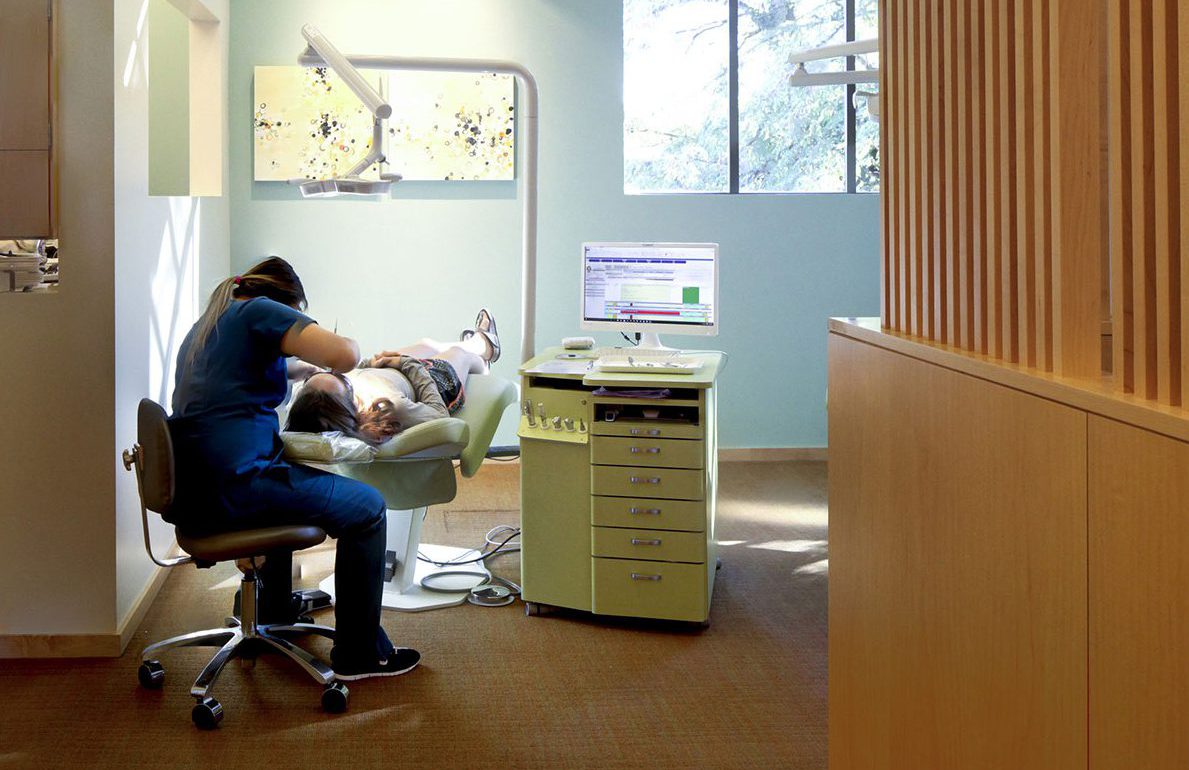Interceptive Treatment
Interceptive treatment is intended to correct skeletal or soft tissue imbalances in growing children. Typically utilized for the younger child, the goal of interceptive treatment is the creation of greater long-term balance in facial relationships and improvement in potential alignment of the permanent dentition. The benefit of interceptive treatment is the orthopedic, rather than surgical, correction of skeletal imbalances. This is accomplished by influencing the growth and development of the facial bones; bones in which the teeth will be positioned. Interceptive (sometimes called Phase I) correction allows for improved alignment upon eruption of the permanent teeth; reducing or eliminating later intervention. For many, as the primary teeth are exchanged for permanent teeth, some shifting occurs, necessitating limited orthodontic treatment (Phase II) to achieve what is referred to as Class I occlusion (ideal aesthetic and functional relationship of the jaws and the tooth arches). In some individuals, however, Phase I, interceptive treatment results in an alignment of the completed permanent dentition such that Phase II treatment is unnecessary. Interceptive treatment is less costly than comprehensive treatment.
For some children, interceptive treatment is highly valuable, both dentally and facially. Dr. Wong recommends that children be examined by a qualified orthodontist at the age of 7 to determine if interceptive treatment may be indicated. The correction of structural imbalance remains possible through the entire period of facial growth, but intervention is of greatest efficacy when this growth is most rapid; which is child-specific. Through examination and queries, Dr. Wong will assess the rate and pattern of growth and inform you of the likelihood and timing of interceptive treatment.
Unfortunately, the need for interceptive treatment cannot be easily assessed by the lay person. A crowded set of teeth may be married to a Class I skeletal relationship and simple plan of treatment, while uncrowded, straight teeth may be found alongside present and future skeletal imbalance (Class II and III). Fortunately, orthodontic examinations are free of charge and do not, in any way, commit the patient to treatment with that orthodontist. Dr. Wong encourages you to visit the qualified orthodontist, or orthodontists, of your choosing.
For additional information or to schedule a complimentary initial consultation, please visit our contact page or call 206-812-4494.

